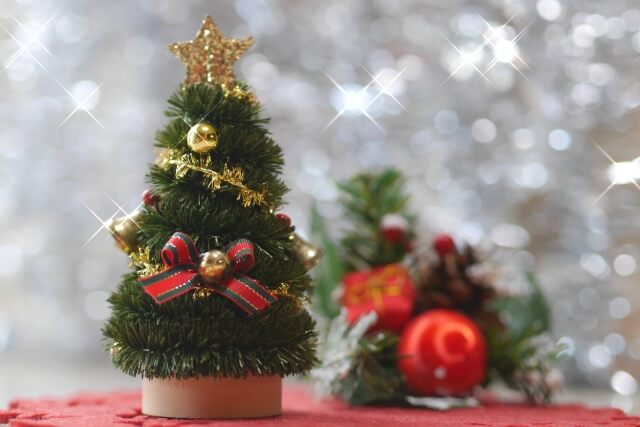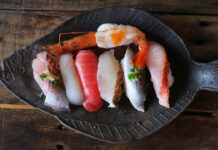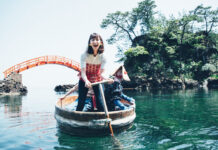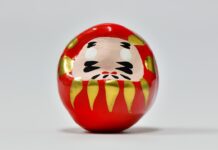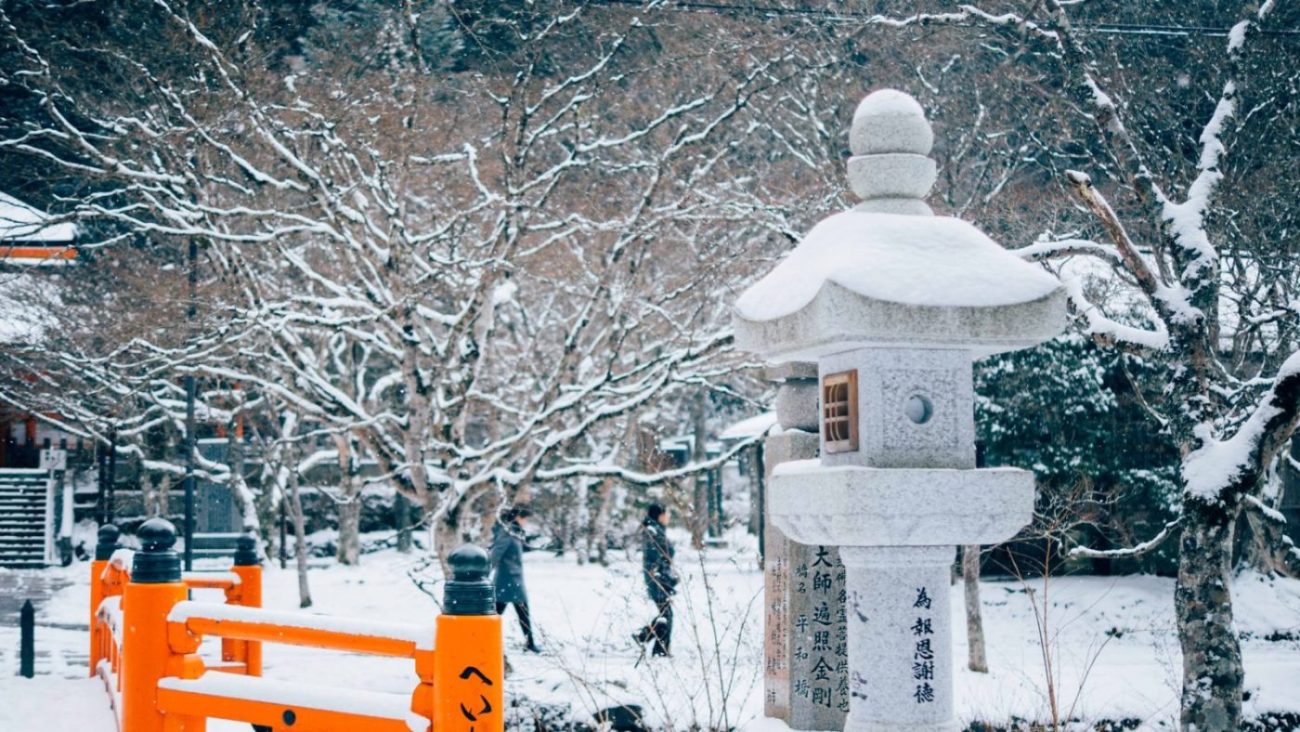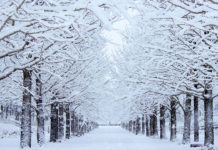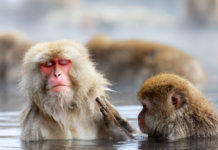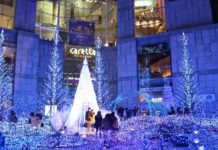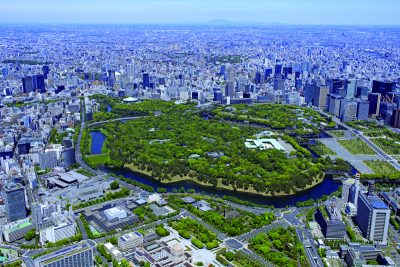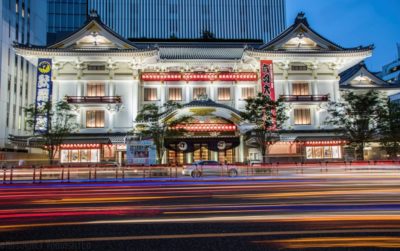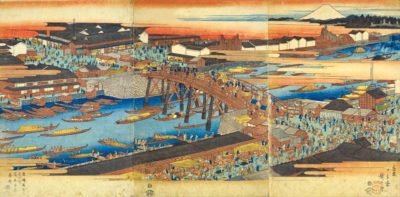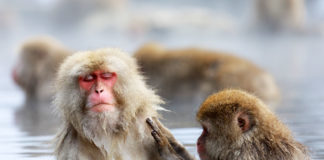Winter is a very festive time in Japan too. Department stores set up Christmas decorations, and light-up festivals dazzle us. If you’re in Japan during the Christmas season you might be wondering why Christmas is such a big deal. After all, only about 2% of the Japanese population is Christian. Though the festive lights and cheery sounds of sleigh bells are familiar, the culture around Christmas is a little different in Japan.
Christmas in Japan
People stand in long lines at department stores and cake shops waiting to buy goods they ordered at least 5 days in advance. Surprisingly, you will even see massive lines outside KFC to get fried chicken for Christmas. Meanwhile couples head to expensive restaurants along brilliantly illuminated streets. All those pretty lights, the happy atmosphere and the spirit of peace make it all very romantic.
More than a family holiday, Christmas has become a time to enjoy being with those closest to you. A new media-hype started to advertise Christmas as THE holiday to spend with your loved one. The first advertisement is believed to have been released by Japan Railways (JR).
To see why the celebration of Christmas in Japan is so unique, lakes take a look at the history of The Land of the Rising Sun.
History of Christmas in Japan: Banning Christianity
The first Christmas mass was held in 1552 in Yamaguchi prefecture. It was led by Portuguese missionaries and involved extensive Bible readings. When more missionaries started to get involved with political affairs in Japan, the lords got worried. To get rid of this foreign influence, they banned Christianity and all who practiced it in 1614.
Christians were prosecuted and forced into hiding. You can still find remnants of these hidden communities in Japan. Not only Christians, but all foreigners were denied entry to Japan under its “closed country” policy. The hidden Christians, cut off from all foreign and traditional Christian influence, had to do everything on their own. Sometimes they would camouflage the symbols and iconography of their faith. Christian statues resembling Buddha and statues of Virgin Mary resembling the goddess Kannon hid in plain sight. Because of their secretive nature, many rituals were never discovered. That includes the rituals around Christmas.
History of Christmas in Japan: Open for Business
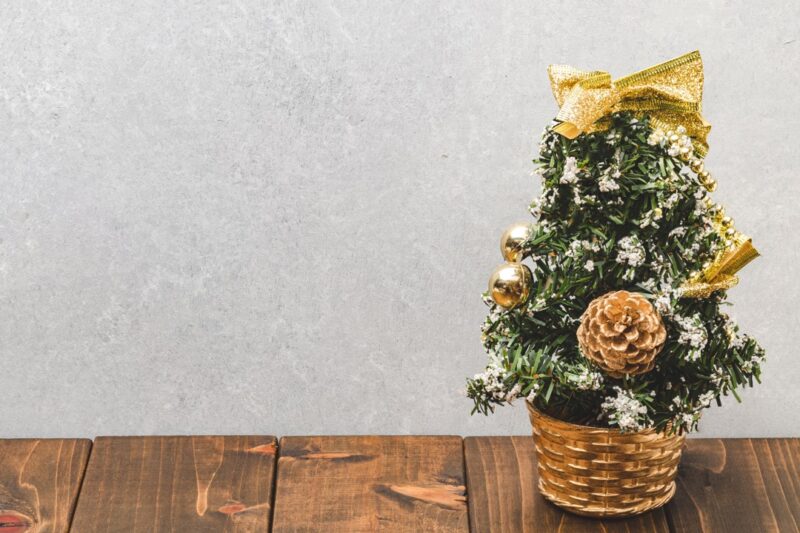
Japan was still very chaotic when they opened up the country and entered a new era in 1854. So Christmas wasn’t immediately noticed. However, more and more foreigners came to Japan. Some of them settled and started having Christmas parties on their own. The record of the first Christmas tree in Japan was decorated in 1860 by the Earl of Eulenburg from Prussia (before it became Germany) in the embassy where he was stationed. There is also record of Katsu Kaishu, a prominent Japanese statesman and naval engineer, and his family attending a Christmas party at the house of an American family in 1875.
After centuries of isolation, many Japanese people were eager to find out more about these foreign cultures. They embraced the progress and applied some new ideas to Japanese society. Very soon, the celebration Christmas started to bloom wherever there was a concentration of foreigners. Eventually, this lead to a public Christmas tree being set up in Ginza in 1900 by Meiji-ya. This lit the fire of the so-called Christmas “sales battle” between department stores, hotels and other luxury businesses in Japan.
Why Japanese people eat strawberry shortcake for Christmas
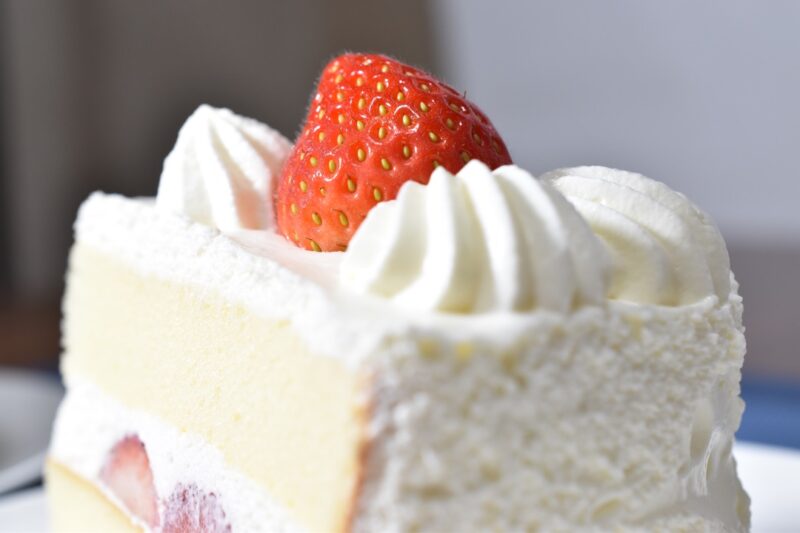
While many countries serve a type of fruitcake for Christmas, Japanese people will more likely serve strawberry shortcakes: light and airy sponge cakes topped and filled with whipped cream and strawberries. The founder of Fujiya encountered the strawberry shortcake on his trip to America in 1912.
In 1922 the strawberry shortcakes started selling in high volumes as a Christmas cake. Fujiya believes that the cake became associated with Christmas because of its white fluffy cream resembling snow and the red strawberries resembling Santa Claus. The colors red and white also mean “happiness” in Japanese culture and are used to decorate gift envelopes.
Nowadays, businesses strive to outdo each other in creating the best-tasting and best-looking cakes so every year you can find a variety of lavishly decorated Christmas cakes for sale.
Why Japanese people eat fried chicken for Christmas
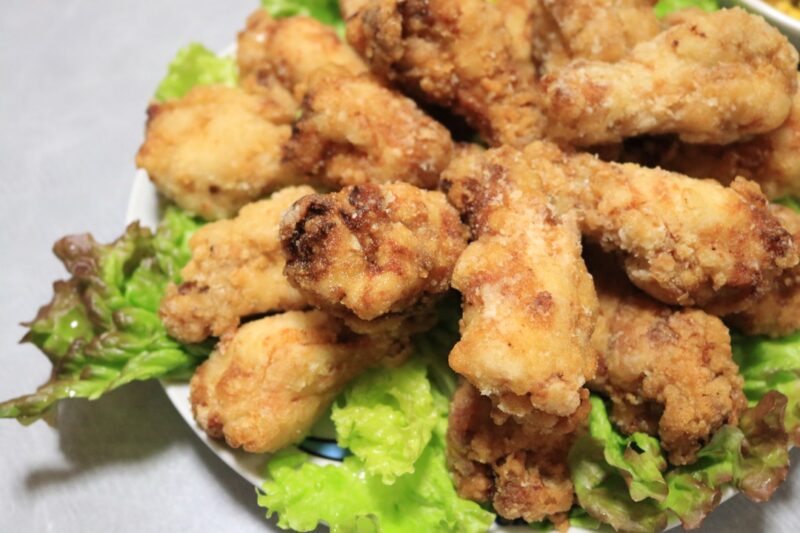
You may wonder why friend chicken is so popular during Christmas in Japan. After the end of World War II Christmas became synonymous with “peace”, something the people desperately needed. The Christmas celebrations made a return and so did the cakes. More Western people and soldiers settled in Japan and had to adapt their Christmas to what they could get in Japan. Seeing as they couldn’t find any turkey, Western households substituted it with chicken. This would later pave the way for Kentucky Fried Chicken to build a Christmas chicken imperium.
When television became a regular “must have” appliance in every Japanese household during the 70’s and 80’s KFC was the first brand to take advantage of its advertising capabilities. They started a clever campaign that said “Christmas is Kentucky” and the ball started rolling. In 1970 a missionary kindergarten in Aoyama asked the KFC delivery guy to come dressed as Santa Claus because they were having a Christmas party. He came in full outfit saying “Merry Christmas”! From then on other kindergartens started ordering KFC on Christmas.
 0
0

